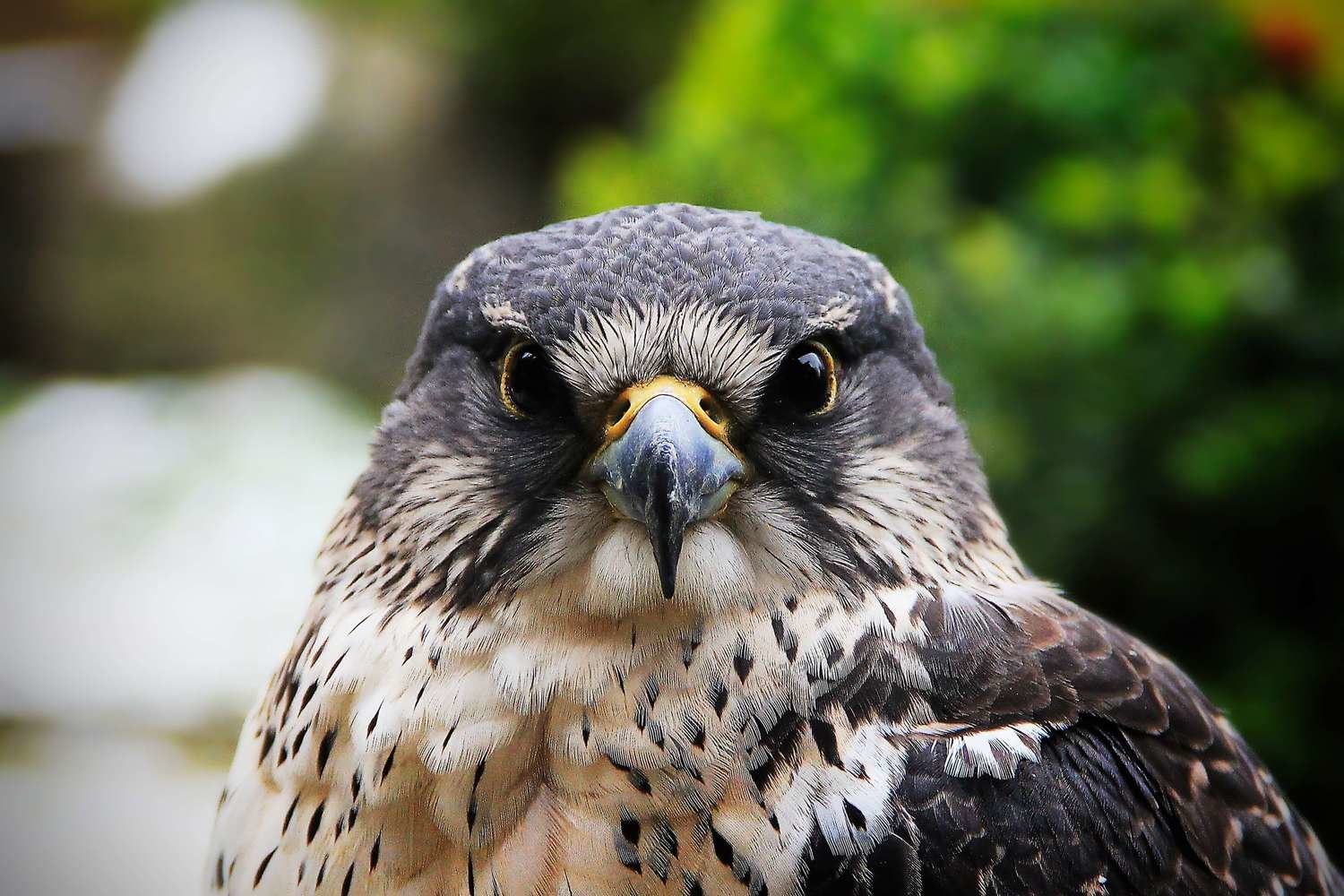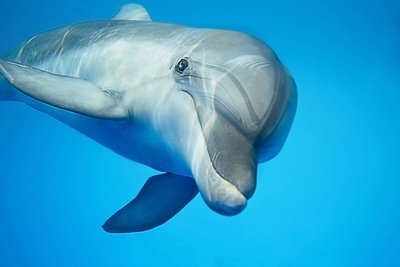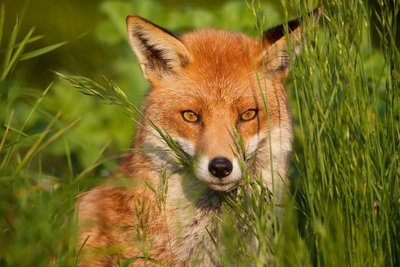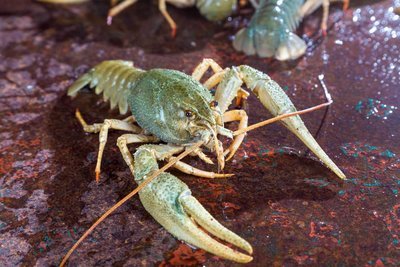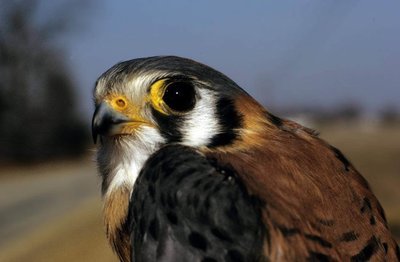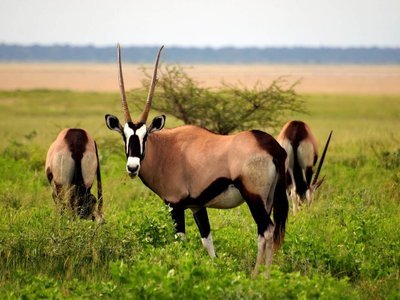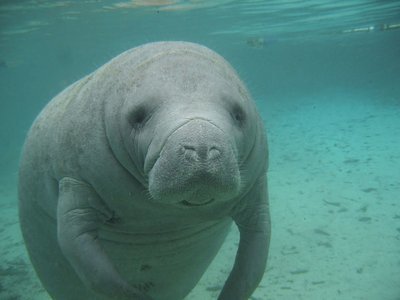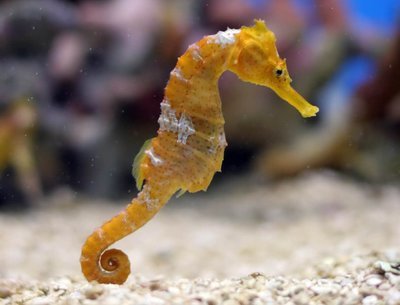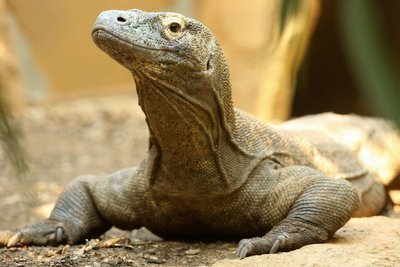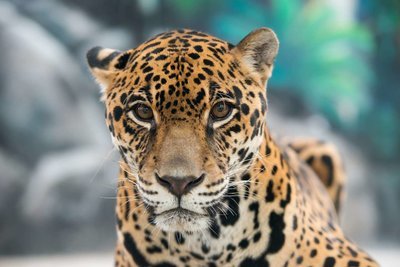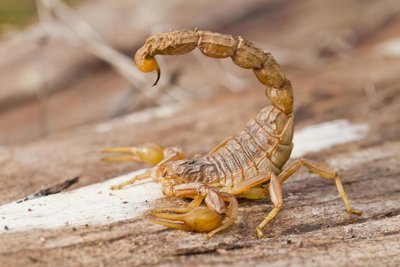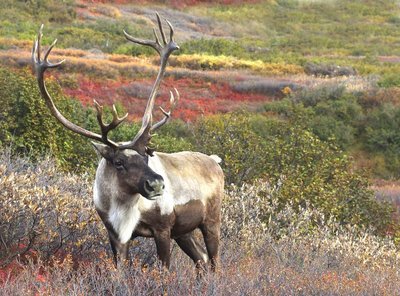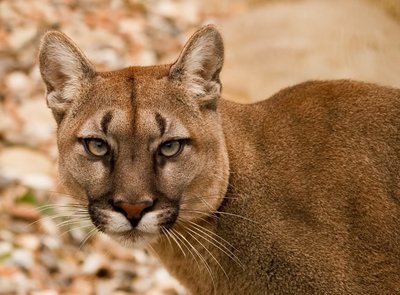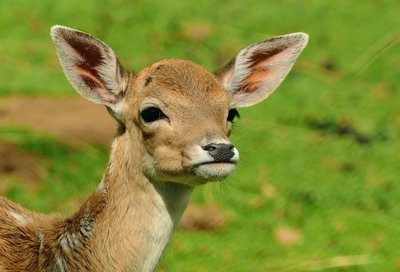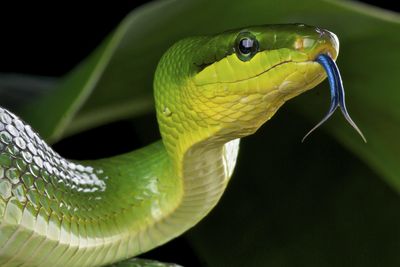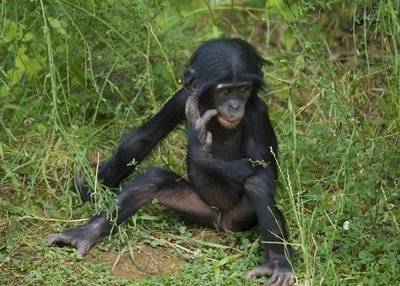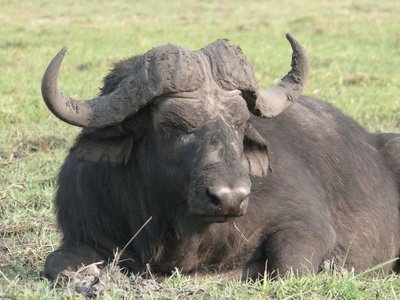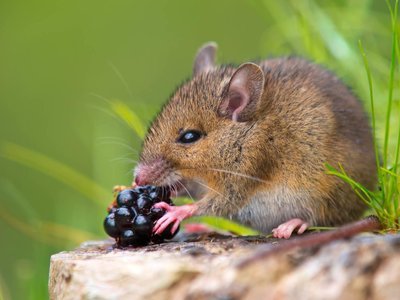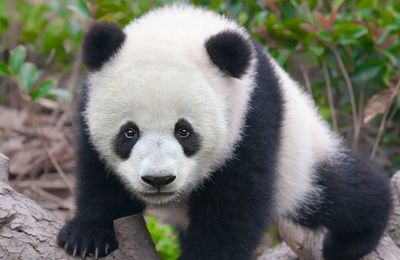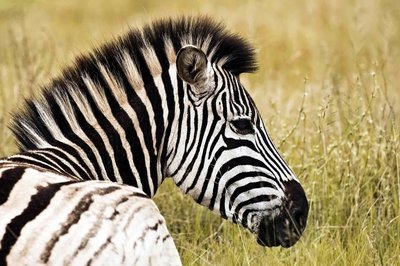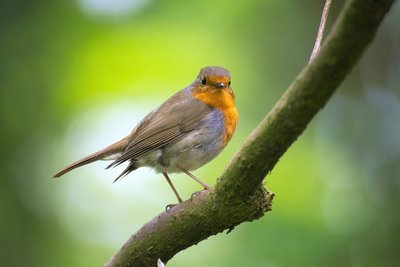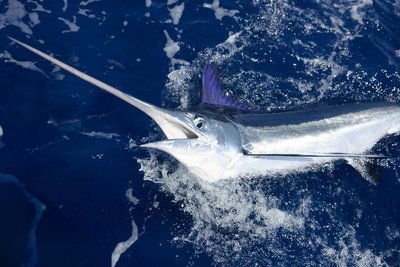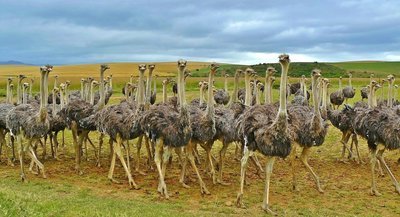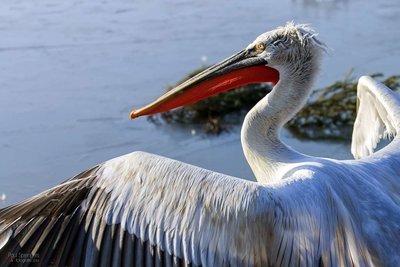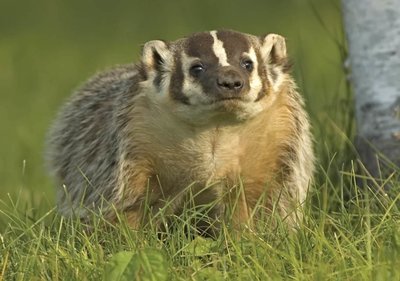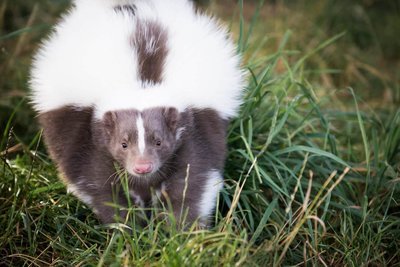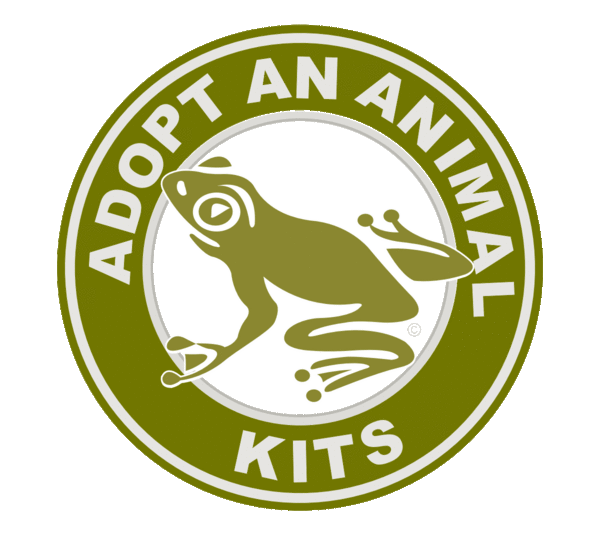

Adopt An Animal Kits
Adopt An Animal symbolically. Your Adopt An Animal Kit comes in a Deluxe Folder and includes: Glossy Photo of Your Adopted Animal; Adopt An Animal Adoption Certificate; Fact Sheet About Your Adopted Animal; Help Animals Info Cards Packed With Information On Animal Issues & How You Can Help Animals And The Environment. Adopt An Animal for Yourself or as a Gift.
Adopt A Hawk
Adopt A Hawk
Your Adopt A Hawk Kit comes in a Deluxe Folder and includes:
- Glossy Photo Of Your Adopted Hawk
- Adopt A Hawk Adoption Certificate
- Fact Sheet About Your Adopted Hawk
- Help Animals Info Cards Packed With Information On Animal Issues & How You Can Help Animals And The Environment
Adopt A Hawk Kits make great gifts and can be sent directly to the recipient. Simply supply the recipient's name and mailing address as shipping information. We'll even include a letter stating the Adopt An Animal Kit is from you.
Adopt An Animal symbolic adoption is a one time fee. Adopt an animal for yourself or order an Adopt An Animal Kit as a gift. Help make a difference for animals - Adopt An Animal Today!
Adopt A Hawk
The term hawk refers to birds of prey in any of three senses:
Strictly, to mean any of the species in the genera Accipiter, Micronisus, Melierax, Urotriorchis, and Megatriorchis. The widespread Accipiter genus includes goshawks, sparrowhawks, the sharp-shinned hawk and others. They are mainly woodland birds that hunt by sudden dashes from a concealed perch. They usually have long tails and high visual acuity.
More generally, to mean small to medium-sized birds that are members of the Accipitridae, the family which includes the true hawks (Accipiters) and also eagles, kites, harriers, buzzards and Old World vultures.
Loosely, to mean almost any bird of prey.
The common names of birds in various parts of the world often use hawk loosely. For example, in North America, the buzzards (Buteo) are often called "hawks".
The true hawks form the sub-family Accipitrinae and most are in the genus Accipiter.
Hawks are among the most intelligent birds. They are believed to have vision as well as 20/2, about eight times more acute than humans with good eyesight. This is because of many photoreceptors in the retina, very high number of nerves connecting the receptors to the brain, a second set of eye muscles not found in other animals, and an indented fovea which magnifies the central part of the visual field.
GOSHAWK
The goshawk is a medium large bird of prey in the family Accipitridae which also includes many other diurnal (active during the day) raptors such as eagles, buzzards and harriers. It is a widespread species throughout the temperate parts of the northern hemisphere. In North America it is named as the northern goshawk. It is mainly resident, but birds from colder regions of north Asia and Canada migrate south for the winter.
This species nests in trees, building a new nest each year. It hunts birds and mammals in woodland, relying on surprise as it flies from a perch or hedge-hops to catch its prey unaware. Animals as large as hares and pheasant are taken. Its call is a fierce screech.
This bird is a raptor with short broad wings and a long tail, both adaptations to maneuvering through trees. The male is blue-grey above and barred grey below, with a 37"-41" wingspan. The much larger female has a 42"-50" wingspan, slate grey above grey below. The juvenile is brown above and barred brown below. The flight is a characteristic "slow flap – slow flap – straight glide".
In Eurasia, the male is confusable with a female sparrowhawk, but is larger, much bulkier and has relatively longer wings. In spring, he has a spectacular roller-coaster display, and this is the best time to see this secretive forest bird.
The name "goshawk" is derived from "goose hawk" and may refer to this bird's barred plumage as well as its ability to take large prey.
SPARROWHAWK
The sparrowhawk (Accipiter nisus) is a small bird of prey in the family Accipitridae which also includes many other diurnal raptors such as eagles, buzzards and harriers.
It is a widespread species throughout the temperate and subtropical parts of the Old World. It is mainly resident, but birds from colder regions of north Europe and Asia migrate south for the winter, as far as North Africa and India.
This species nests in trees, building a new nest each year. It hunts birds in woodland or cultivated areas, relying on surprise as it flies from a perch or hedge-hops to catch its prey unaware.
This bird is a small raptor with short broad wings and a long tail, both adaptations to maneuvering through trees. The male is slate-grey above and barred reddish below. The male was formerly called a musket, and the gun called a musket was named after the bird.
The female is much larger and is barred grey below, and can be confused with the similarly sized male goshawk - but lacks the bulk of that species. The juvenile is brown above and barred brown below. The flight is a characteristic "flap – flap – glide".
The New World species formerly known as the sparrow hawk (Falco sparverius) is now called the American kestrel. The new name is preferable, since this bird is not a hawk but a falcon.
SHARP-SHINNED HAWK
The sharp-shinned hawk (Accipiter striatus) is a small hawk. Adults have short broad wings and a long square-ended tail with dark bands. They have a dark cap, blue-grey upperparts and white underparts with red bars. Mature birds have dark red eyes and yellow legs. Adult females are slightly larger. They are easily mistaken for the slightly larger and lankier Cooper's hawk.
Their breeding habitat is forested areas across most of North America and parts of Central America, although they are more common in the boreal forest. They build a stick nest in a large conifer or dense group of deciduous trees.
In some parts of the United States, they are permanent residents. Northern birds migrate to the southern U.S. and south to South America.
These birds surprise and capture small birds from cover or while flying quickly through dense vegetation. They often pluck the feathers off their prey on a post or other perch. They also eat rodents, lizards, frogs, snakes and large insects.
This bird declined in numbers in the 1960s and 1970s, probably as a result of the use of DDT and other pesticides. Their population rebounded since and might even exceed historical numbers today. This is probably due to the combination of the ban on DDT and the proliferation of backyard birdfeeders in North America which create unnaturally reliable and easy prey for Accipiters.
THREATS TO HAWKS
The greatest threats to hawks are habitat loss, hunting, collisions with automobiles, human interference with nesting activities, and poisoning from insecticides and industrial pollutants. Lead poisoning from eating food items that contain lead shot also kills a number of hawks each year.
Adopt Adopt An Animal Kits
Our Adopt An Animal Kits are educational packets that allow you to symbolically adopt a favorite animal species and contain a variety of information promoting the protection of wildlife, companion animals, farm animals and the environment. By purchasing a symbolic adoption kit you will receive a packet of information regarding daily choices you can make to help the earth and animals.
Your Adopt An Animal Kit comes in a Deluxe Folder and includes:
Glossy Photo Of Your Adopted AnimalAdopt An Animal Adoption CertificateFact Sheet About Your Adopted AnimalHelp Animals Info Cards Packed With Information On Animal Issues & How You Can Help Animals And The Environment.
Adopt an animal for yourself or order an Adopt An Animal Kit as a gift. Symbolically adopting an animal is the perfect gift for a loved one who loves animals, and helps to promote the compassionate treatment of animals and respect for the environment by offering information on how to help the earth and animals. Adopt An Animal Kits can be sent directly to the recipient: simply supply the recipient's name and mailing address as shipping information. We'll even include a letter stating the Adopt An Animal Kit is from you.
Adopt An Animal Kits is a small, independent business not affiliated with any other business, non profit or charitable organization.
Fast Shipping!
Shipping time for Adopt An Animal Kits averages 2 to 4 business days - USA. Allow additional time for Adopt An Animal Kits orders outside the USA. Your Adopt An Animal Packet will arrive approximately 2 to 4 business days following shipping date. Shipping for Adopt An Animal Kits within the USA is by U.S.P.S. Priority Mail.
INTERNATIONAL ORDERS: Average shipping time for Adopt An Animal Kits outside of the USA is 5 to 14 business days, including Canada. International Shipping & Handling for Adopt An Animal Kits is by U.S.P.S. First Class Mail.
About Us
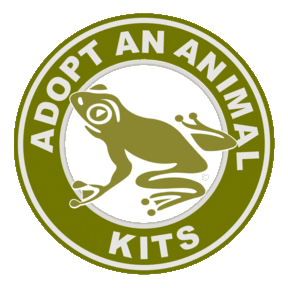
Adopt An Animal Kits, LLC
The world is teaming with an amazing diversity of animals. Some species are beautiful, others bizarre — but they all are important to the ecosystem and deserve our respect, compassion and protection. Unfortunately, many animal species are declining at a rapid rate as a result of irresponsible human activities. Habitat destruction, pollution, hunting, poor agricultural practices and changes in climate are among the threats faced by wildlife and domestic animals.
Adopt An Animal Kits, LLC is a small business who believes in promoting the advancement of compassionate living by educating the public about animal and environmental issues and what individuals can do to prevent cruelty to animals. Through our work, we strive to eliminate the prejudice of animals (speciesism) through educational efforts. Our business produces printed and printable educational materials available to individuals with an interest in earth and animal topics. Our Adopt An Animal Kits seek to educate and influence individuals on environmental and animal issues. The purchase of an Adopt An Animal Kit allows you to symbolically adopt your, or your loved one's, favorite animal species while promoting the protection of wildlife, companion animals, farm animals and the environment. Rather than adopting an indivdual animal, you are symbolicly adopting the species. Each kit contains a collection of information on how you or your loved one can make daily choices to help animals and the environment.
Our website provides an information portal regarding these issues. Information posted on the site is free of charge and available to anyone with an interest. Our printed and printable materials are available to individuals with an interest in earth and animal issues. We produce hundreds of fact sheets, flyers, and digital materials regarding environmental and animal issues. Most materials are available at no cost to anyone with an interest.
Adopt An Animal Kits, LLC is not a charitable or nonprofit organization.
